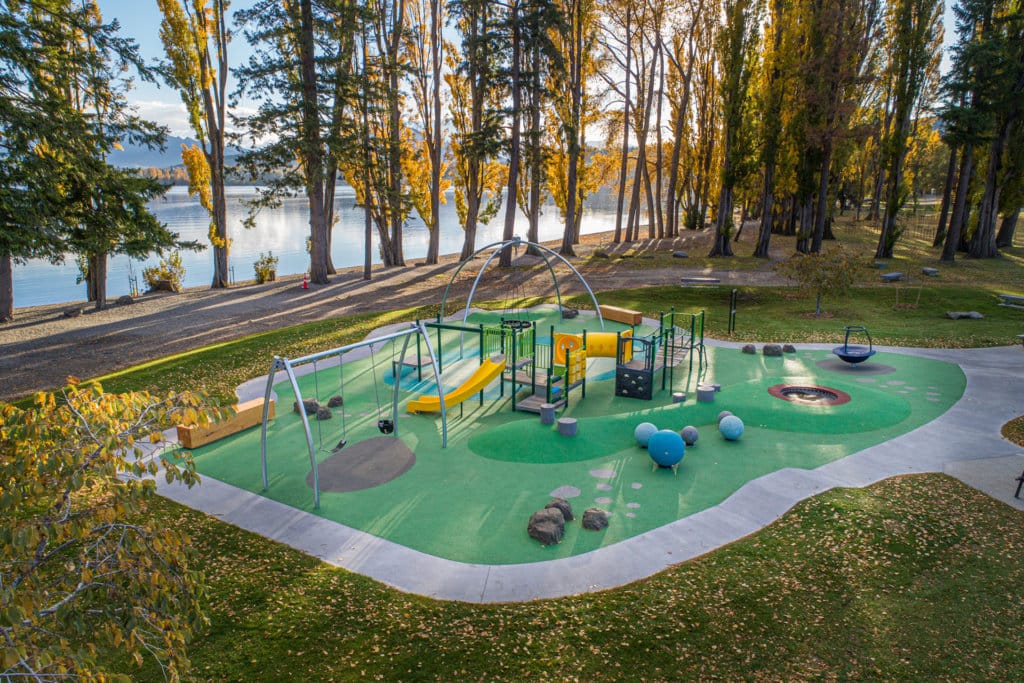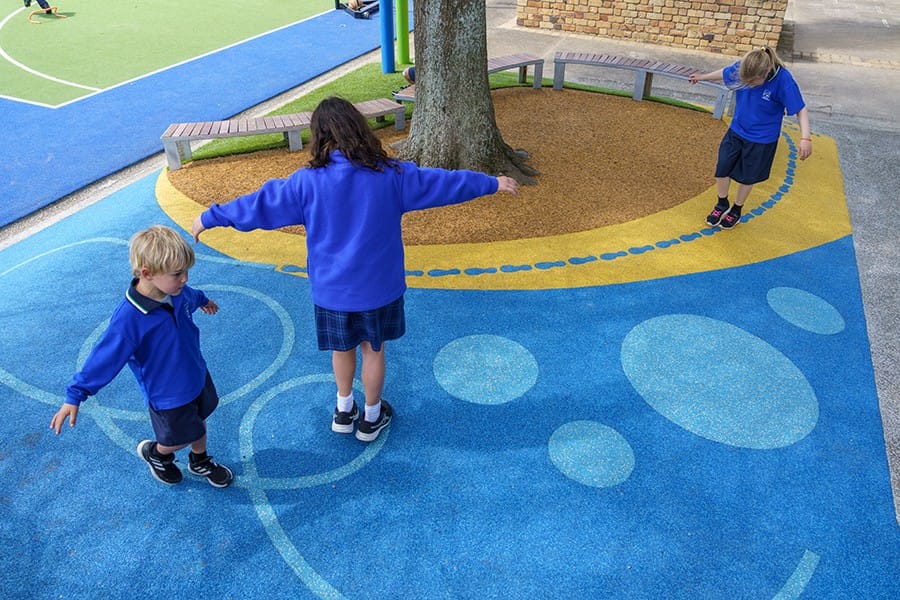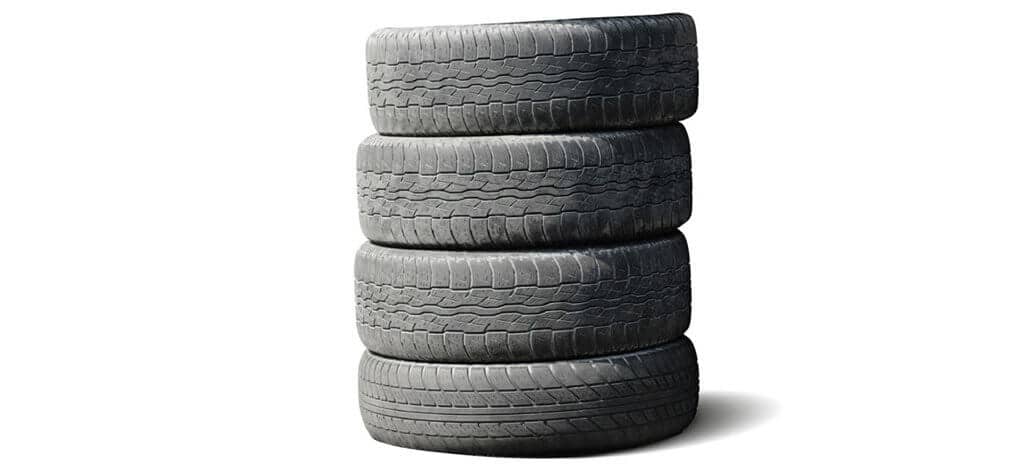Which is the better play surface: EPDM vs Rosehill TPV®

When it comes to wet pour rubber playground surfacing, there are two main options available in New Zealand. These are EPDM rubber granule surfaces and Numat’s unique Pour‘n’Play product which uses Rosehill TPV® granules.
When newly installed, these surfaces look similar to one another and for the untrained eye, they are hard to tell apart. Over time, however, stark differences in these surfaces become apparent.
In this article, we will take a look at these differences and their underlying causes.
EPDM weathers poorly compared to Rosehill TPV®
Most EPDM surfaces available on the market, use low-quality pigments and stabilizers which cause the surface to ‘chalk’ (whiten) more quickly. This means they lose their colour and become tired looking.
Furthermore, chemical processes in EPDM that are activated by UV exposure change the structure of the surface in a way that has negative implications for play safety.
Now this is starting to sound a little scientific and jargony, and I can feel you starting to lose interest, but don’t worry, I’ll circle back in a moment to explain the implications in plain English.
In chemistry terms, what causes EPDM to change, is that it continues to cross-link (form bonds between its molecules) after it is installed. This is due to the UV activation of excess double bonds that were unused during its manufacture.
That’s the science. Now, here are the implications. The effect this has on the surface is that it causes it to harden and become brittle, which leads to compromised critical fall height safety of the surface.
Because Rosehill TPV® rubber granules combine an extra strengthening step in the manufacturing process with additional high-quality pigments and stabilizers, they do not degrade in extreme UV weather conditions as EPDMs do.
This means they stay soft and flexible and maintain critical fall height safety in the long term.
Click Here to Compare Other Playground Surface Options in our Product Catalogue
EPDM has inferior oil resistance compared to Rosehill TPV®
EPDM is less resistant to oil than Rosehill TPV® is and will not withstand petroleum products. Rosehill TPV® on the other hand has structural features to do with the crystallinity of its polymers that give it a resistance to oil.
This is why Rosehill TPV® withstands petroleum products well whereas EPDM surfaces that are subjected to petroleum products will swell and degrade.
EPDM-based wet pour surfaces form weaker bonds between granules than Rosehill TPV®
Rosehill TPV® surfacing consistently outperforms EPDM surfaces in mechanical tests when combined with polyurethane (PU) prepolymer binders.
The reason for this? Rosehill TPV® has additional adhesion promoters that EPDMs do not. These adhesion promoters and the modification of the surface of the granule make them form stronger bonds with PU binders than can be achieved with EPDM. This means that Rosehill TPV® lasts much longer than EPDM surfaces which are prone to cracking and splitting between granules.
When contrasted with EPDM surfacing, Rosehill TPV® is hands down the better play surfacing option. Pour‘n’Play stays softer, lasts longer, and is, therefore, safer than EPDM surfacing options.









